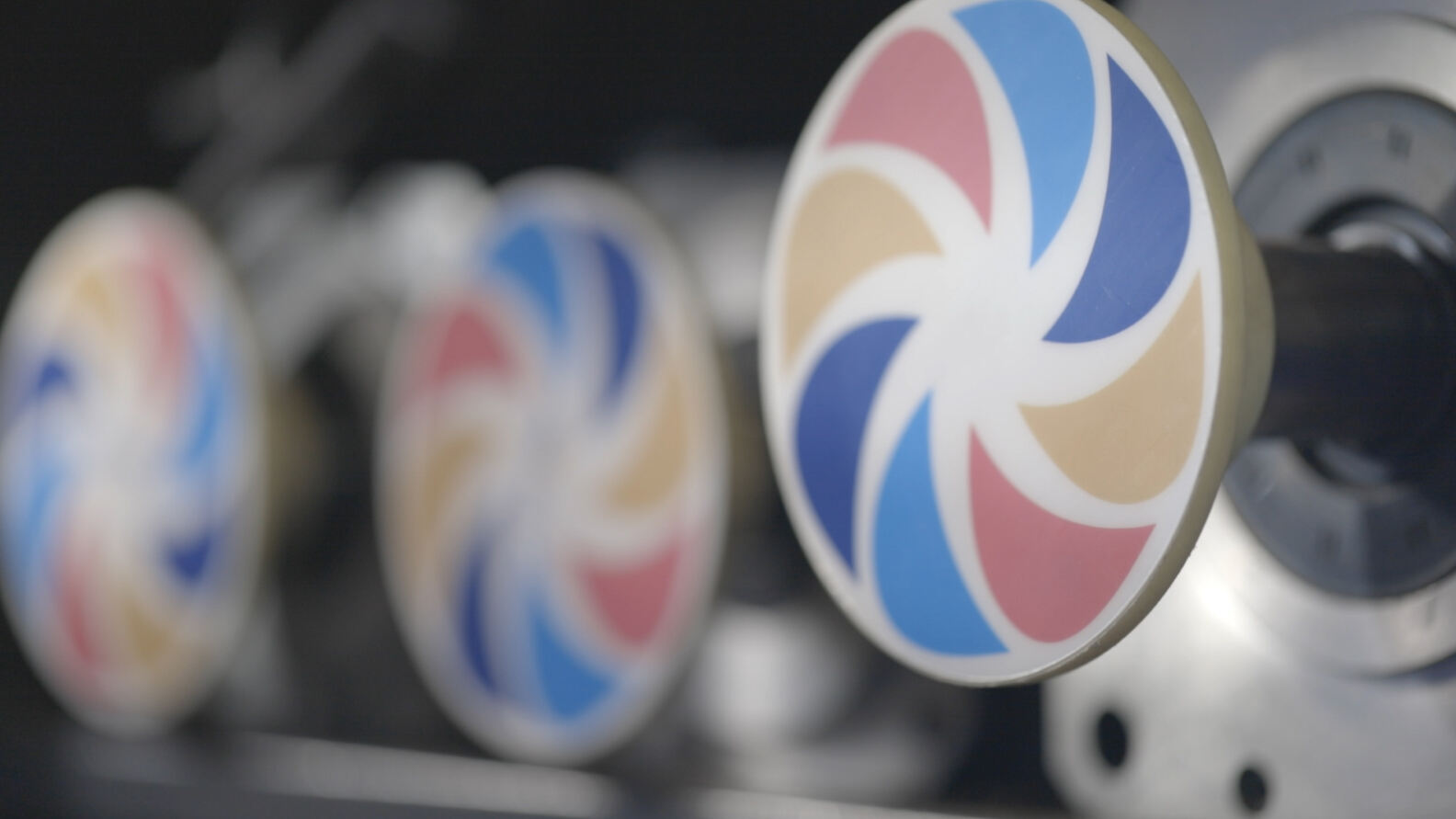How to Solve Noise Problems in Fanuc Systems?
Noise problems in industrial systems can seriously affect productivity, machine performance, and operator comfort. In Fanuc systems, excessive noise can signal potential problems that need attention. Addressing noise problems not only improves the working environment, but also increases equipment reliability and life. The purpose of this article is to provide a comprehensive overview of how to recognize, understand and resolve noise problems in Fanuc systems.

Understanding noise in the Fanuc system
In the field of CNC and automation, noise is any unwanted sound produced by machinery, which can be categorized into electrical noise, mechanical noise and environmental noise. Electrical noise usually comes from the operation of motors and drives, while mechanical noise can come from moving parts or misalignment. Environmental factors (such as vibration from nearby machinery) can also contribute to an overall elevated noise level.
This is where it's important to recognize noise problems, and identifying the symptoms of noise problems is critical for early intervention. Common signs include unusual sounds during operation, fluctuations in performance, and vibrations felt by the operator. Diagnostic methods such as hearing tests, vibration analysis and the use of sound level meters can help identify the source of the noise. Documenting the conditions under which the noise occurs can also help with troubleshooting.
1. Common Causes of Fanuc System Noise and Noise Reduction Methods
a. There are several factors that contribute to Fanuc system noise:
Electrical Noise: Interference from drives, motors, or poor wiring can produce electromagnetic noise that can affect performance.
Mechanical Noise: Loose parts, worn bearings, or misaligned components can produce excessive noise during operation.
Environmental Factors: External vibrations from other machinery or improper installation can amplify noise levels.
b. Noise Reduction Methods:
Machine performance can be greatly improved by the use of effective noise reduction techniques:
Wiring and Grounding: Ensuring proper wiring and grounding can greatly reduce electrical noise. Twisted pair wiring is recommended to avoid running in parallel with power cables.
Filters and Shielding: Installing filters and shielding sensitive components on power cables can help minimize electrical interference.
Mechanical Adjustments: Regularly checking for loose bolts, aligning moving parts, and using shock mounts can significantly reduce mechanical noise.
c. Regular Maintenance
Routine maintenance is critical to preventing noise problems. Regular inspections can detect potential problems before they escalate.
Maintenance measures should include:
1. lubricating moving parts to minimize friction and noise.
2. tightening loose parts to prevent rattling and vibration.
3. checking parts for wear and tear and proactively solving problems.
2. Case Study
A manufacturing plant was experiencing excessive noise due to a faulty motor, which greatly affected production output and staff motivation. Finally, the problem was identified as a motor problem, which was solved by replacing the motor, and the efficiency of the machine and staff was improved. This is a problem that occurs in many factories, and timely detection and remediation is the key.
When to Seek Professional Help
While many noise problems can be solved internally, sometimes professional help is needed. Indicators for seeking help include: noise persists despite troubleshooting efforts; there is a noticeable change in machine performance; or safety concerns. Seeking out a qualified technician or contacting Songwei with expertise in Fanuc systems can ensure that the problem is resolved efficiently and safely.



